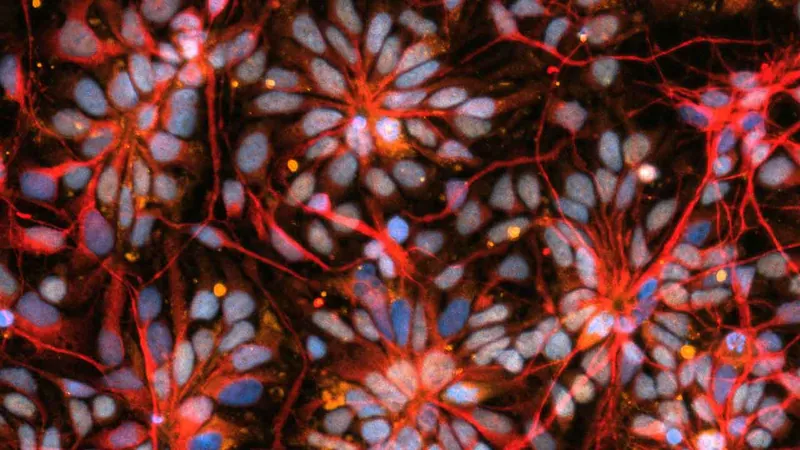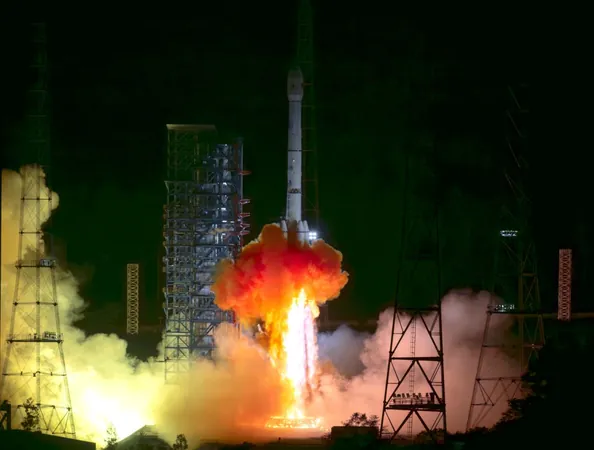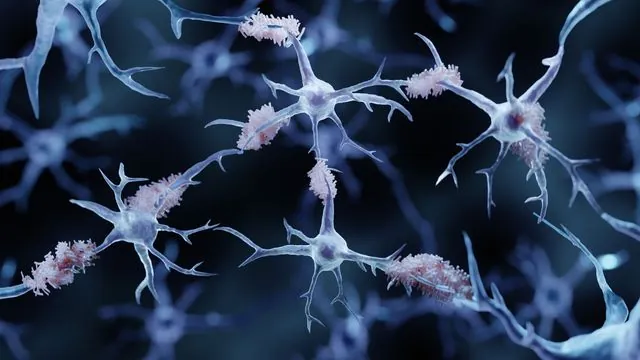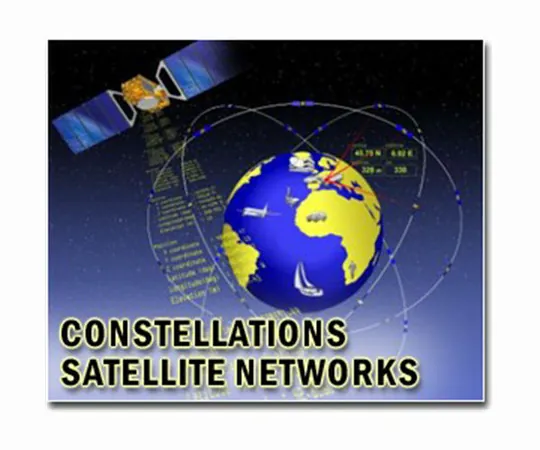
Microgravity: A Game-Changer in Fighting Neurodegenerative Diseases
2025-04-28
Author: Ming
Unlocking Secrets in Space
Imagine a world where diseases like Parkinson's, multiple sclerosis, and Alzheimer's could finally meet their match. Millions of Americans are afflicted by these neurodegenerative diseases, all presenting significant challenges due to the lack of cures and early diagnostic markers. Yet, groundbreaking research aboard the International Space Station (ISS) is shedding new light on these conditions.
The Breaking Edge of Research
"In space, cells evolve faster, allowing us to observe crucial changes in real-time—much quicker than we could on Earth," explains Paula Grisanti, CEO of the National Stem Cell Foundation (NSCF). Since 2019, NSCF has conducted multiple innovative experiments on the ISS, employing human brain organoids—tiny 3D models that replicate brain cell behavior.
This spring, a considerable $3.1 million award from NASA has ensured NSCF’s pioneering microgravity research can continue, funding three additional projects through 2027.
Understanding from the Cell Level
Past studies on the ISS have analyzed brain organoids derived from cells of individuals with Parkinson's and primary progressive MS, collectively impacting over 2 million Americans. Grisanti points out, "These were the first human-specific organoid models sent to the ISS, allowing us to explore cellular interactions in ways impossible on Earth. This research is driving the discovery of biomarkers for early diagnosis and unlocking potential cell, gene, and drug therapies that are currently non-existent."
The Future of Research: Alzheimer’s in Focus
Upcoming missions promise to advance this pivotal work by incorporating organoids based on Alzheimer’s cells—the disease currently affects around 6.7 million Americans and has a staggering economic impact exceeding $321 billion.
The Science Behind the Breakthroughs
NSCF scientists create brain organoids using induced pluripotent stem cells (iPSCs), which are converted from human skin cells. "These stem cells replicate the early developmental stages found in the womb and have the potential to transform into any cell type in the body," elaborates Pinar Mesci, a senior program manager at Axiom Space who collaborates on NSCF projects.
The team has already noted that brain cells mature at an accelerated rate in space, yielding invaluable insights about disease progression and treatment options. They're set to evaluate both existing and newly developed drugs to assess their effectiveness in slowing down these diseases.
A Promising Shift in Approaches
Unlike traditional animal studies, which often lack translation to human treatment, organoids provide an accurate representation of human brain cells. Mesci recalls her experiences with mouse models during her Ph.D. in neuroscience, emphasizing their limitations in developing effective treatments. Organoids, on the other hand, hold the potential for real breakthroughs.
Toward a Brighter Future
NSCF's commitment to leveraging knowledge from previous ISS missions will enable a focused investigation into the root causes of these diseases. Their relentless pursuit aims to dissect the early stages, particularly when symptoms have yet to manifest, asking pivotal questions like: What drives these disorders, and how can we intervene early?
By making these critical disease models accessible to pharmaceutical and life science companies, NSCF is catalyzing the pathway to innovative therapies for neurodegenerative diseases.
Grisanti emphasizes the significance of this research, stating, "The ability to observe and analyze cellular interactions in microgravity is creating an unparalleled opportunity to expedite the discovery of new treatments. This marks a transformative moment in our fight against some of the most devastating diseases of our time."



 Brasil (PT)
Brasil (PT)
 Canada (EN)
Canada (EN)
 Chile (ES)
Chile (ES)
 Česko (CS)
Česko (CS)
 대한민국 (KO)
대한민국 (KO)
 España (ES)
España (ES)
 France (FR)
France (FR)
 Hong Kong (EN)
Hong Kong (EN)
 Italia (IT)
Italia (IT)
 日本 (JA)
日本 (JA)
 Magyarország (HU)
Magyarország (HU)
 Norge (NO)
Norge (NO)
 Polska (PL)
Polska (PL)
 Schweiz (DE)
Schweiz (DE)
 Singapore (EN)
Singapore (EN)
 Sverige (SV)
Sverige (SV)
 Suomi (FI)
Suomi (FI)
 Türkiye (TR)
Türkiye (TR)
 الإمارات العربية المتحدة (AR)
الإمارات العربية المتحدة (AR)